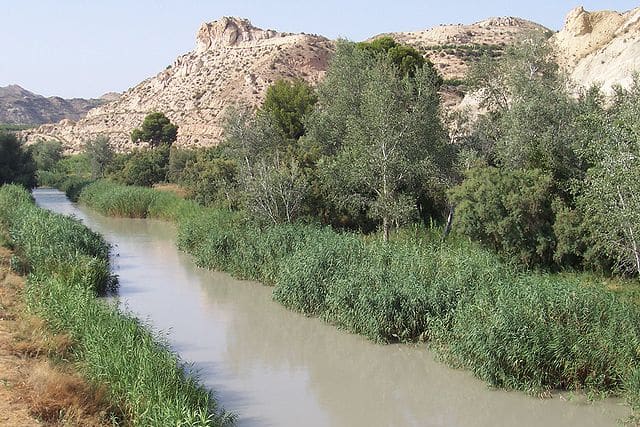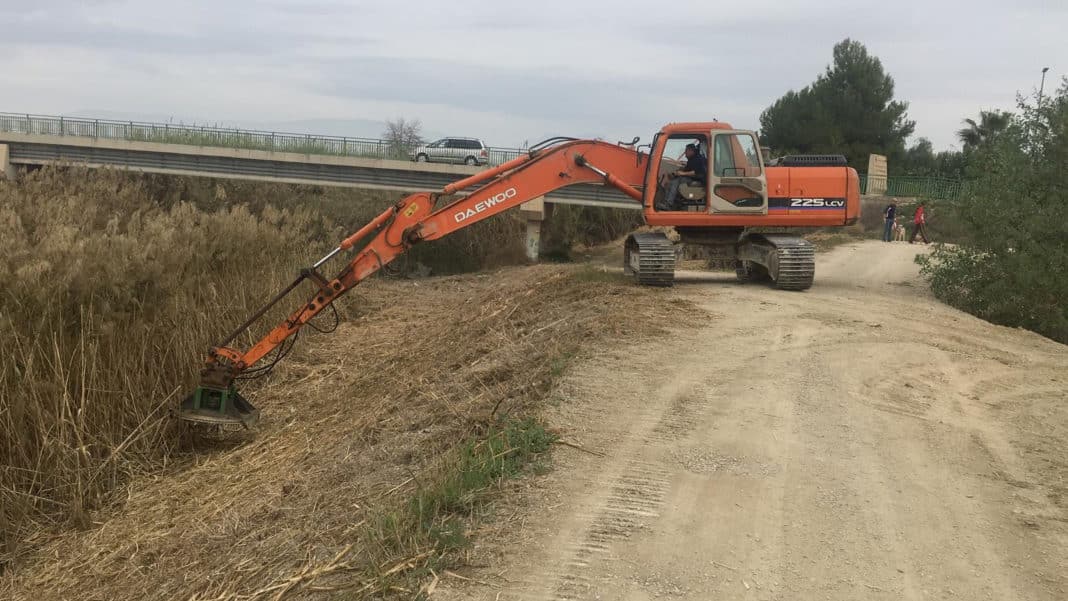Conservationists say that they now doubt the usefulness of periodic cleaning of the CHS because it does not improve the drainage capacity of the riverbank and it has a detrimental impact on birdlife.
However, water courts, trade unions and associations of irrigators and municipalities located on the banks of the Segura, insist every autumn that the Segura Hydrographic Confederation (CHS) carry out the “urgent” clearing of the riverbed as it passes through the Vega Baja.
Environmental groups, though, which have now been joined by political parties such as Cambiemos en Orihuela, question if the clearing of reeds have any use when it comes to improving the drainage capacity of the riverbed. They say that the environmental impact generated by this non-selective action, particularly with the use of heavy machinery, cannot distinguish the areas of reed beds, and therefore destroys the habitat of birds that find shelter to nest in the plant mass.

Last week the CHS carried out the clearance of a wide stretch of the river upstream from Orihuela. At first glance, the work gives a good sense of cleanliness but within just a few weeks the reeds will be back as they reoccupy all the space that had previously been cleared.
But Irrigators and municipalities justify carrying out these works, which have cost hundreds of thousands of euros in maintenance to the CHS in recent years. They say that the work prevents vegetable waste from compromising the drainage capacity in urban sections of the river that are narrowed, and would be incapable of assuming the additional water through their bridges every time there is heavy rain.
The work also prevents the river water intakes and the traditional irrigation network itself from becoming blocked. However, the reality is that the problem is not so much plant waste and reeds but floating plastic and human waste that drifts downstream in large quantities from the Region of Murcia.





